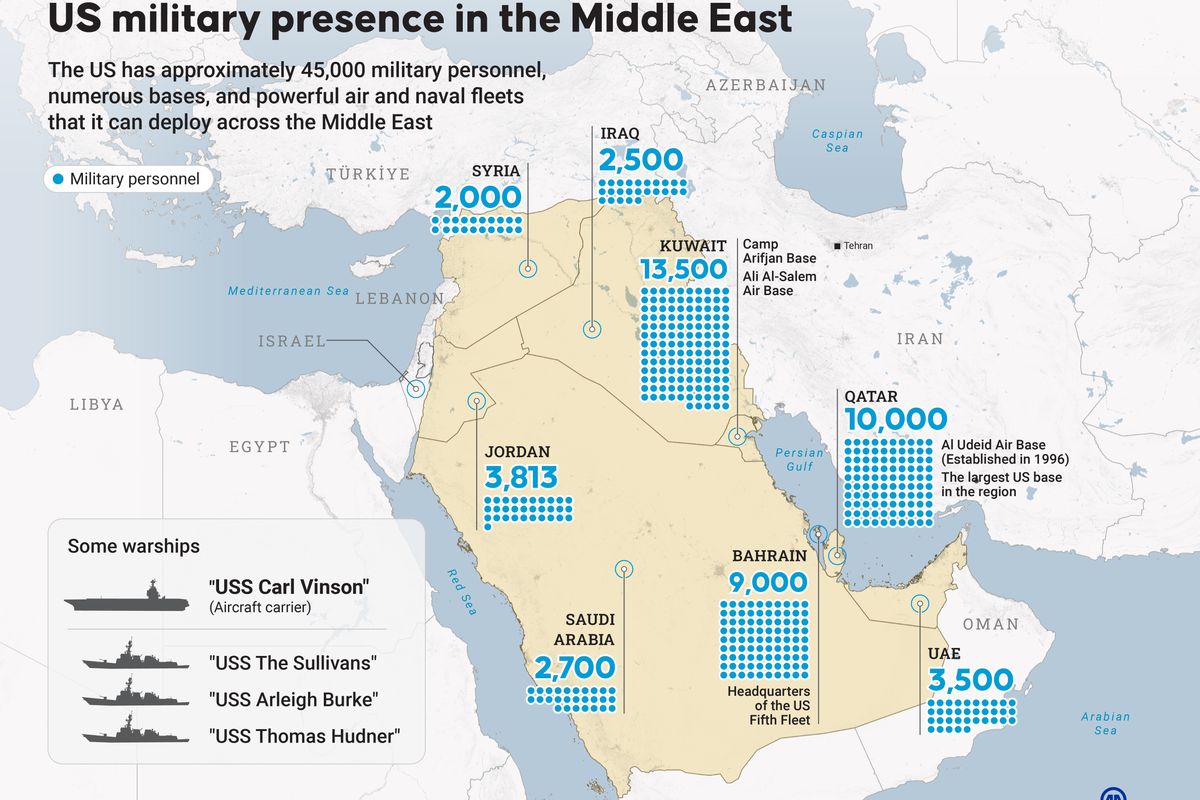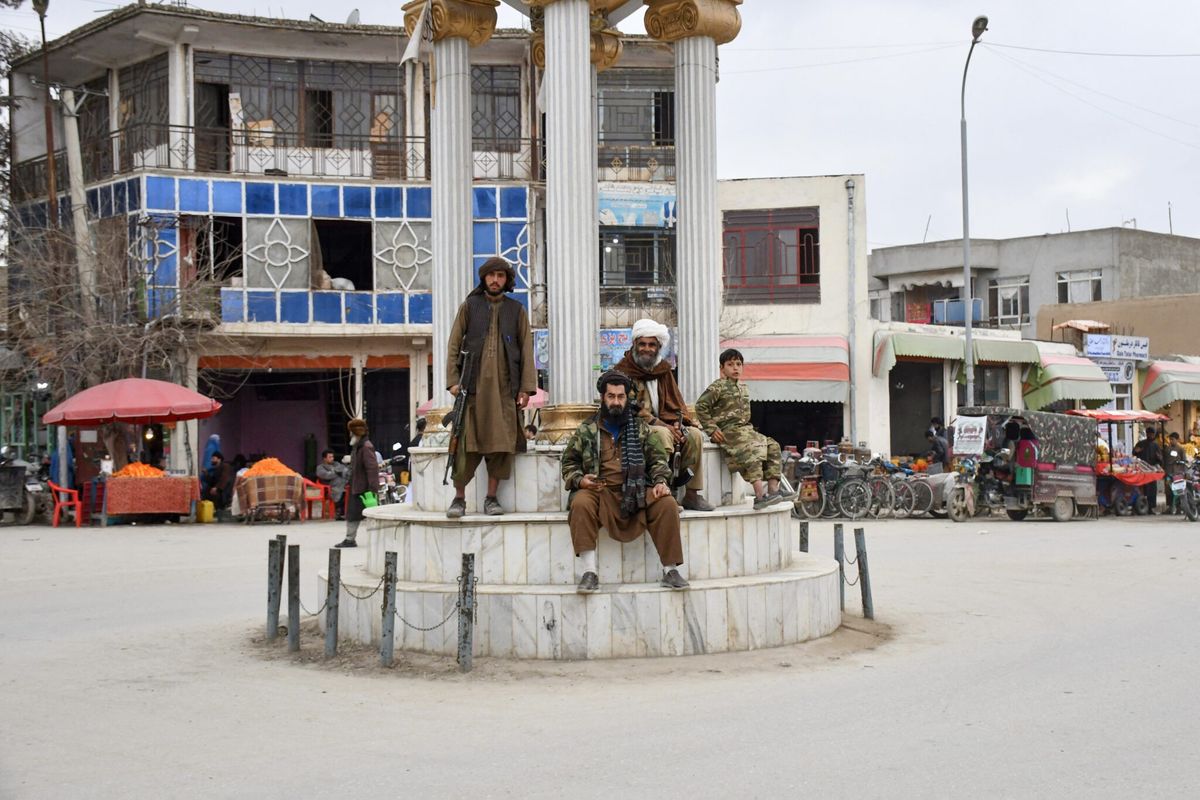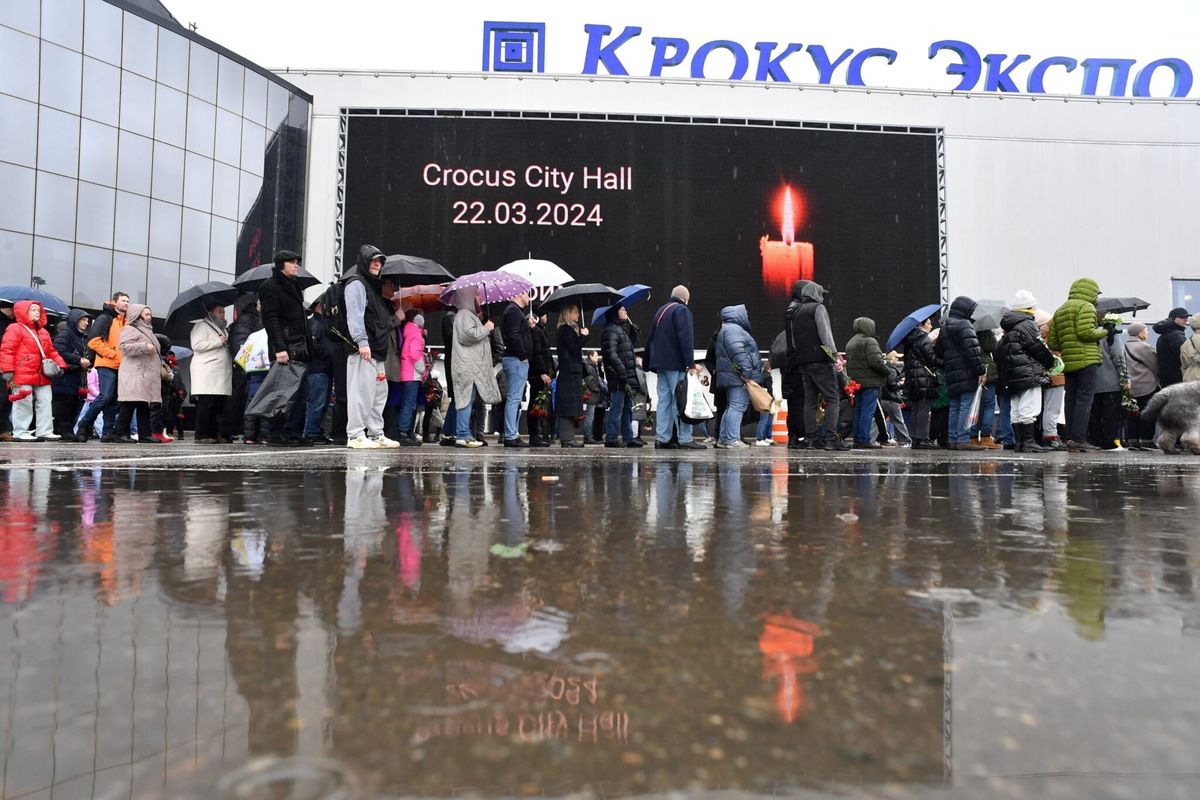President Donald Trump has to make a decision soon: what will he do in Afghanistan? The U.S. is now in its 16th year in the country, and top military and foreign policy advisors are advocating for an expanded military role.
Experts told The Cipher Brief that the President must consider not only short-term security concerns and the issue of troop numbers, but also focus on implementing a long-term strategy that takes into account political and economic stability.
According to reports, some senior advisors will be pushing for Trump to adopt a plan in Afghanistan that boosts troop numbers, gives broader authority to use airstrikes and allows U.S. military advisers to accompany Afghan forces closer to the front lines – all on top of increased financial support to the Afghan government.
The proposal will call for sending an additional 3,000 to 5,000 U.S. troops to the country, and seeks to give the Pentagon the final say on troop numbers. The U.S. currently has 8,400 troops in Afghanistan.
Retired Lieutenant General Guy Swan, who is now a Vice President at the Association of the U.S. Army, told The Cipher Brief that this proposal “seems to be a prudent measure given what has gone on in the last few months in terms of the security situation in Afghanistan.” Swan noted that the Taliban is now in the midst of this year’s “spring offensive” targeting foreign and local security forces.
“Given that, that would call for an increased security presence on the part of the Afghan government, which is happening with reinforcement from the United States,” Swan, a Cipher Brief network expert, noted.
Afghanistan’s Ambassador to the United States Hamdullah Mohib said in a statement that “we are aware that President Trump will be presented with a new Afghanistan policy by the interagency team that reviewed the situation in Afghanistan and consulted with Afghan officials, both in Kabul and Washington.”
“I have always said the number of troops should be determined by a winning strategy,” he said. “We would welcome any decision by the United States to support Afghan forces in the ongoing battle against terrorism, which threatens us all. Afghanistan did not invite these terrorist groups in; our country is but the stage on which nearly two dozen of them have gathered to try and destroy the peaceful world order. They cannot be allowed to win.”
The top U.S. commander in Afghanistan described the security situation in the country as a “stalemate” to Congress in February. Telling senators he wanted several thousand more troops from the U.S. and its allies, General John W. Nicholson Jr. also warned of Russian involvement bolstering the Taliban and undermining the U.S. and NATO.
This year, Swan said, “is going to be a critical year in this almost multi-decade fight in Afghanistan.” The Trump administration, in its first year in office, must “demonstrate some forward movement toward stability there,” he said.
One of the recommendations Trump will likely consider is allowing U.S. military advisors to operate with Afghan troops lower down the chain of command. That flexibility “goes part and parcel” with the “modest” troop increase being suggested, Swan said.
“More partnering with Afghan units, allowing those U.S. forces to go farther forward in the battle area, I think that’s absolutely essential. If they’re going to be there, they have to contribute in that way,” he said. “If you’re only going to put a modest number of troops in, then you’ve got to maximize their use and that would lean to more flexibility of decision making by the folks on the ground.”
Retired Admiral Sandy Winnefeld, former Vice Chairman of the Joint Chiefs of Staff, said that it is “not surprising that the Afghan National Security Forces may need an increased level of support in their fight against the Taliban.”
“I think it is reasonable to provide that support in a way that minimizes risk to U.S. forces, including and especially more air support. I would not call this a major shift,” he noted.
So far in his presidency, Trump has shied away from outlining a vision for Afghanistan. However, the president has turned to military options to deal with international issues, most notably ordering a missile strike on a Syrian air base in response to President Bashar al-Assad’s use of chemical weapons against his own people and the deployment of the so-called U.S. “Mother of All Bombs” on ISIS targets in Afghanistan.
On Tuesday, White House Press Secretary Sean Spicer said Trump “is asking to re-look at the entire strategy and then figure out what — what the footprint is in a variety of ways to get there.”
Besides the immediate military needs in Afghanistan, the president must also contend with questions about sustaining a potentially long-term counterterrorism mission, as well as reconstruction projects and spending.
Swan said that given Afghanistan’s immediate security demands, “the military situation needs to take precedence.” But he added that he is a “firm believer that military solutions by themselves are going to be limited.”
“If you’re going to stabilize or take advantage of any gains in the security arena, then you’re going to have to have those other tools like some increased funding for the Afghan government, the diplomatic work with regional partners like Pakistan and even putting pressure on the Russians who are apparently making mischief in Afghanistan, and of course the ever present interference of Iran in all that has to be factored into it,” Swan said. “It’s got to be a multipronged approach.”
As for additional financial support to the Afghan government, Winnefeld said that if it is required, then “we should provide it, subject to tight controls.”
“It is also vitally important that the Afghan government shore up its internal solidarity and boost its fight against corruption if it is to gain the support of the Afghan people,” Winnefeld, a Cipher Brief network expert, said.
According to the most recent Special Inspector General for Afghanistan Reconstruction (SIGAR) report, the number of districts under the Taliban’s control or influence increased to 45 districts. The Taliban controls 11 districts and influences 34, or 11 percent of Afghanistan’s districts, while the Afghan government controls 97 districts and influences 146, or about 60 percent, the report stated.
NATO, meanwhile, is reviewing a request to send “about a few thousand” more troops to Afghanistan, Secretary General Jens Stoltenberg said on Wednesday.
“We will make decisions on the scale and scope of the mission within weeks but this is not about returning back to a combat operation in Afghanistan," he said, noting that these potential troops would continue to be part of the train, advise and assist operation.
Mackenzie Weinger is a national security reporter at The Cipher Brief. Follow her on Twitter @mweinger.











